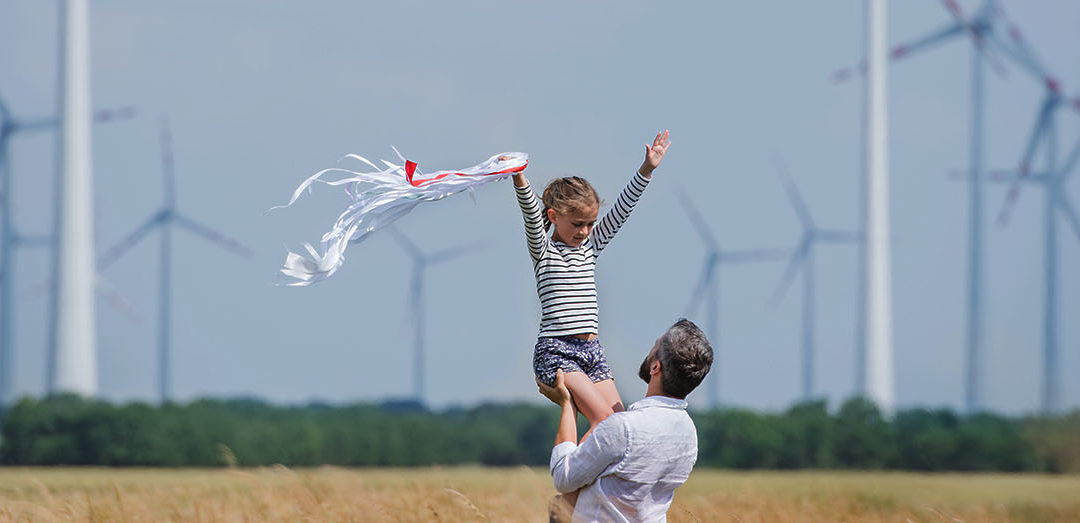After you read this post, please consider becoming a member or making a donation.
Not all children today are living where the air is clean, allowing them to live free of environmentally induced asthma and other maladies – like the fortunate child pictured in the image above. Too many children are living where the air is anything but clean – either because of smoke from wildfires or from persistent localized environmental problems like those in Barrio Logan, a San Diego community. San Diego County Supervisor Nathan Fletcher was quoted in an interview ‘You think about that parent in Barrio Logan whose child is eight times more likely to have asthma because of the ZIP code in which they were born. And we have historically placed the low-income communities and communities of color in areas with higher concentrations of pollution, in particular air pollution’ (Fletcher).
As the COVID-19 pandemic continues to impact many lives, respiratory and immune system health has become a primary concern. New York Times journalist Somini Sengupta studied the effects of exposure to wildfire smoke by examining how children in the Central Valley have been especially impacted through increased rates of asthma and weakened immune systems.
In her New York Times article Kids, Toxic Smoke and Inequality, she shares the testimonials of many children who are trapped inside because of the poor air quality. Sengupta explains how the fires function as an “additional assault” on the already polluted air conditions of the Central Valley.
Exposure to harmful pollutants can have irreversible consequences for children as research suggests there is an association with exposure to polluted air and risk of premature births, asthma, and weakened immune systems. This air pollution will have adverse consequences for all residents of California who will have at least some exposure to these harmful pollutants.
In fact, the effects of this pollution will be felt outside of California. Despite the universal negative consequences, this air pollution will have widely varying impacts for different racial and economic communities. Sengupta explains that “Fresno is 55 percent Latino; 18 percent of its population lives below the poverty line. San Francisco, by contrast, is largely white and Asian, with 10 percent of its population living below the poverty line.” Lower class people of color in the Central Valley are bearing the brunt of the air pollution in California.
So, what can we do as California residents to fight against the inequalities of wildfire pollution and protect children against exposure to toxic chemicals? The article suggests the importance of making informed decisions when buying holiday presents, and to support toymakers that use recycled and green materials as opposed to plastic. Donating and buying used toys instead of buying new toys can also function as an effective way to minimize pollution.
Another way you can make an impact is by joining the Center for Community Energy (CCE). CCE advocates for San Diego ratepayers to help our community make decisions that advance San Diego towards a carbon-neutral future.
If you are interested in supporting CCE’s vision or joining us to decarbonize our atmosphere please consider becoming a member or making a donation!

